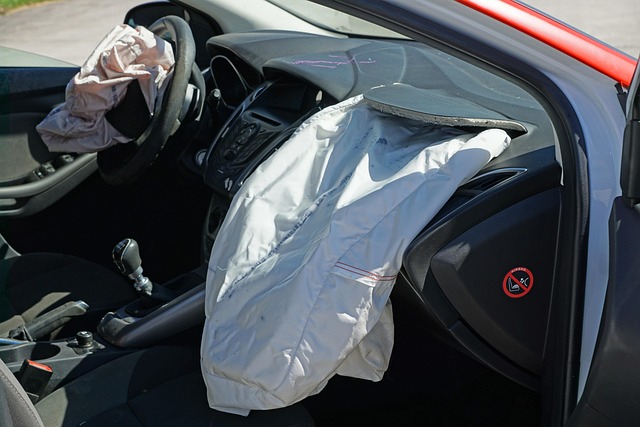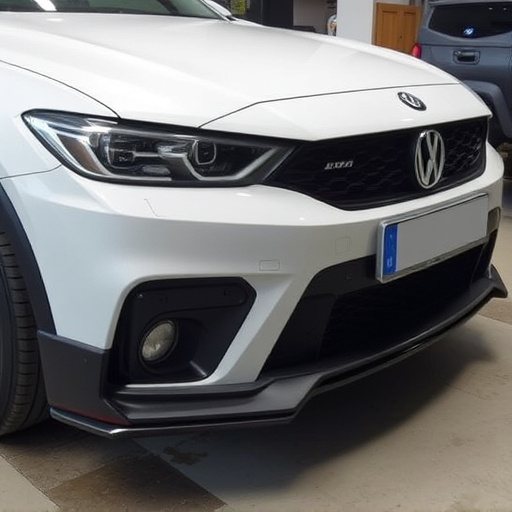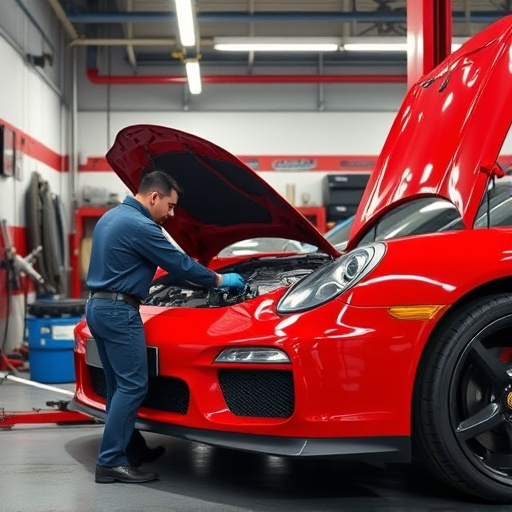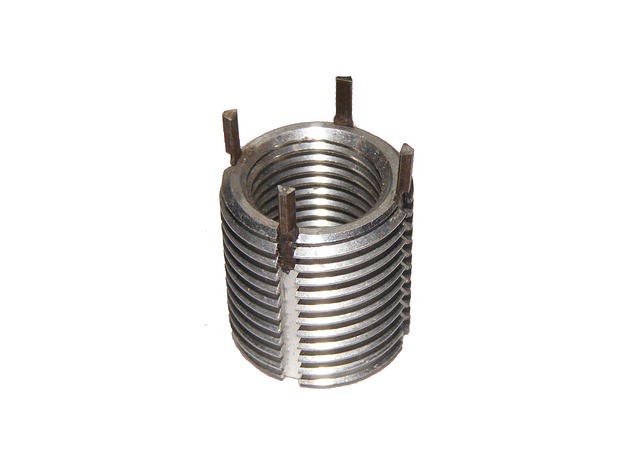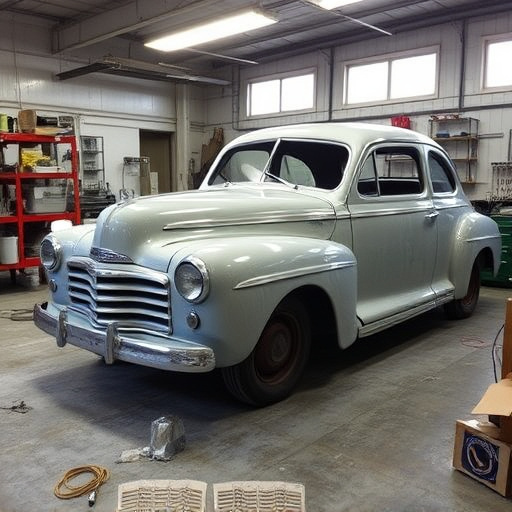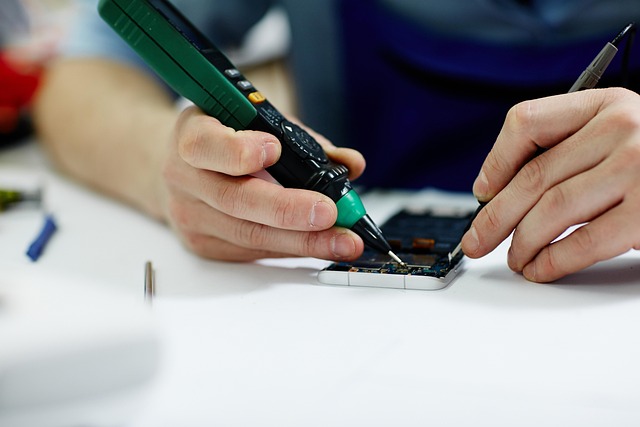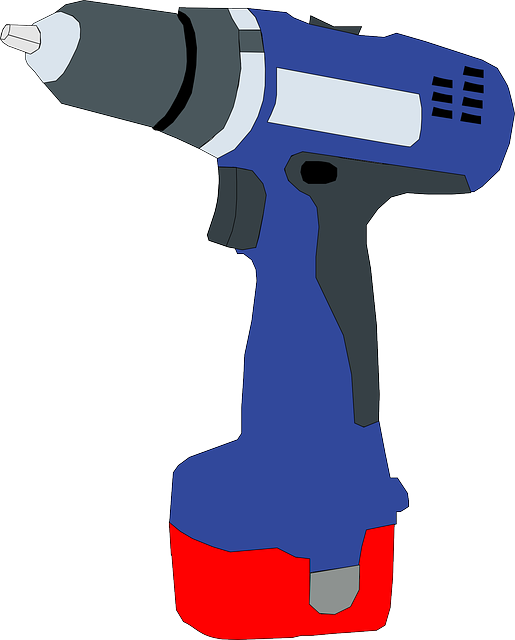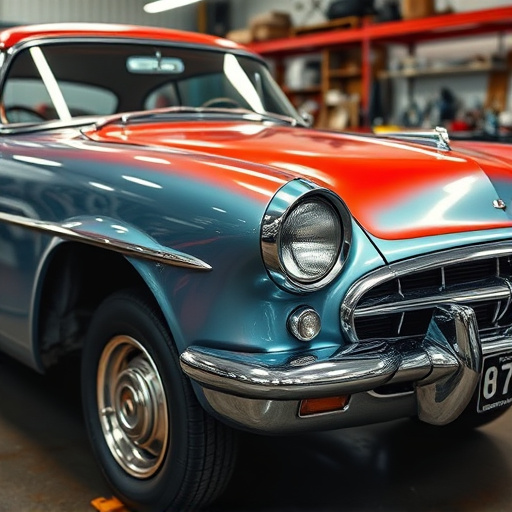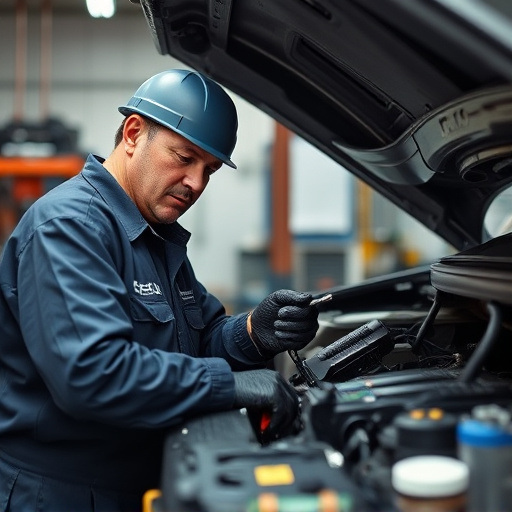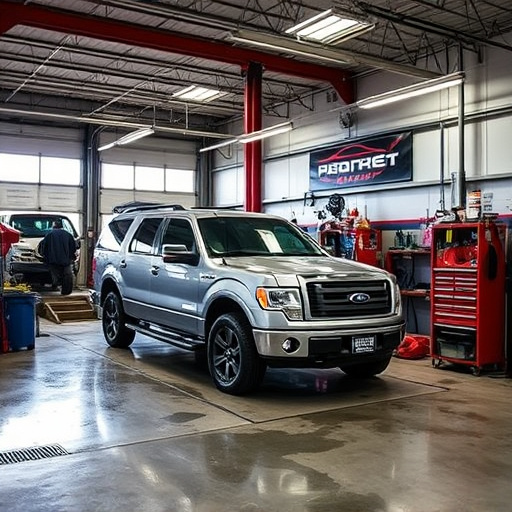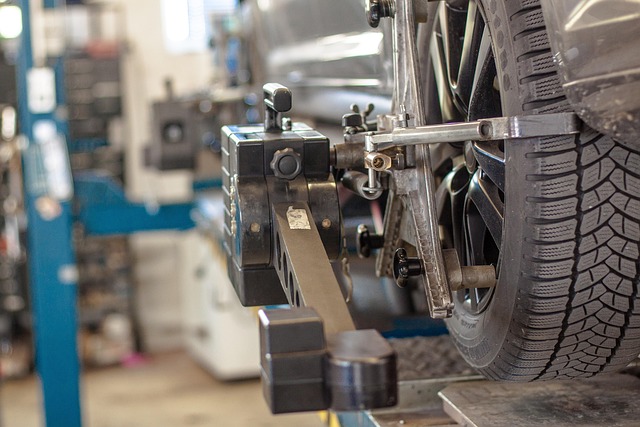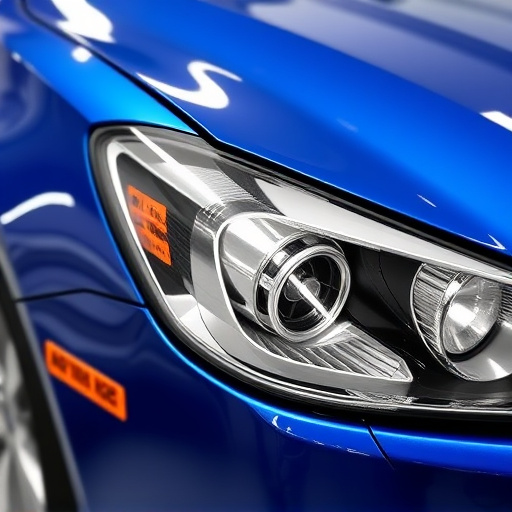Compact car body work presents unique challenges due to smaller sizes and tighter dimensions, demanding advanced frame straightening, meticulous panel alignment, and skilled technicians to preserve original factory finishes. This craft requires precision in auto glass repair and balancing aesthetics with functionality through innovative materials, strategic component placement, and lightweight tire services. Strategic repair techniques and restoration ensure structural integrity and durability, resulting in compact cars that blend efficient performance with captivating design to meet modern consumer demands.
In the realm of automotive engineering, compact car body work stands as a delicate balance between aesthetics, performance, and functionality. This intricate process poses unique challenges due to space constraints and the need for optimal weight distribution while maintaining structural integrity. To succeed, manufacturers must master key elements, including advanced materials, innovative technologies, and precise techniques. By exploring these aspects, we uncover the secrets behind creating superior compact car body work that not only enhances performance but also captivates drivers with its sleek design and durability.
- Understanding the Unique Challenges of Compact Car Body Work
- – Exploring the nuances of compact car design
- – Addressing space constraints and weight optimization
Understanding the Unique Challenges of Compact Car Body Work

Compact car body work presents a unique set of challenges distinct from larger vehicles. Their smaller size and tighter dimensions necessitate precise techniques and specialized equipment to ensure structural integrity and aesthetic perfection. Body shops must employ advanced frame straightening methods and meticulous panel alignment to minimize damage, especially when dealing with delicate components like fenders, doors, and hoods.
Additionally, the intricate design details and tight tolerances of compact cars require skilled technicians to perform car dent repair without compromising the original factory finish. Balancing functionality, safety, and visual appeal in such a constrained space is a testament to the art and science of compact car body work, demanding a high level of craftsmanship from dedicated body shop services.
– Exploring the nuances of compact car design

In the realm of compact car design, subtlety and functionality intertwine to create a harmonious aesthetic. These vehicles, known for their maneuverability and efficiency, demand precision in body work that balances aesthetics with practicality. Every curve, line, and panel must contribute to both the car’s overall appeal and its structural integrity, ensuring a seamless fusion of form and function. Mastering the nuances involves understanding how light interacts with the body, how air flows around the vehicle, and how each component supports the overall design language, ultimately enhancing the compact car’s distinctive character.
Compact car body work is not merely about repairing dents or replacing parts; it’s about preserving the vehicle’s original design intent while addressing any damage or wear. This involves a meticulous approach to auto glass repair, ensuring clear visibility and maintaining structural integrity. Likewise, vehicle body repair techniques must be tailored to minimize disruption to the car’s streamlined profile, requiring skilled artisans who appreciate the finer details that contribute to the overall aesthetic and performance of these agile machines.
– Addressing space constraints and weight optimization

In the realm of compact car body work, addressing space constraints and achieving weight optimization are paramount for success. Designers and engineers must expertly navigate a delicate balance between creating a practical, functional vehicle and maintaining a sleek, aesthetically pleasing profile. One key aspect is minimizing exterior dimensions while maximizing interior volume. This requires innovative use of materials, such as high-strength steels or advanced composites, to maintain structural integrity without adding significant weight.
Effective compact car body work also involves strategic placement of components and careful consideration of every panel. For instance, optimized fender repair techniques and lightweight tire services contribute to overall weight reduction. Moreover, the art of car restoration plays a role in enhancing durability and ensuring the vehicle’s longevity, even with limited space for maintenance and repairs. By focusing on these elements, automotive professionals can craft compact cars that offer both efficient performance and a captivating design, catering to modern consumers’ demands.
Compact car body work presents unique challenges, but with a focus on understanding specific design nuances and optimizing space within weight constraints, these vehicles can offer excellent performance and aesthetic appeal. By leveraging innovative techniques and materials, manufacturers can create lightweight yet durable bodies that meet the demands of modern drivers while ensuring compact car body work remains a successful and essential aspect of automotive design.
